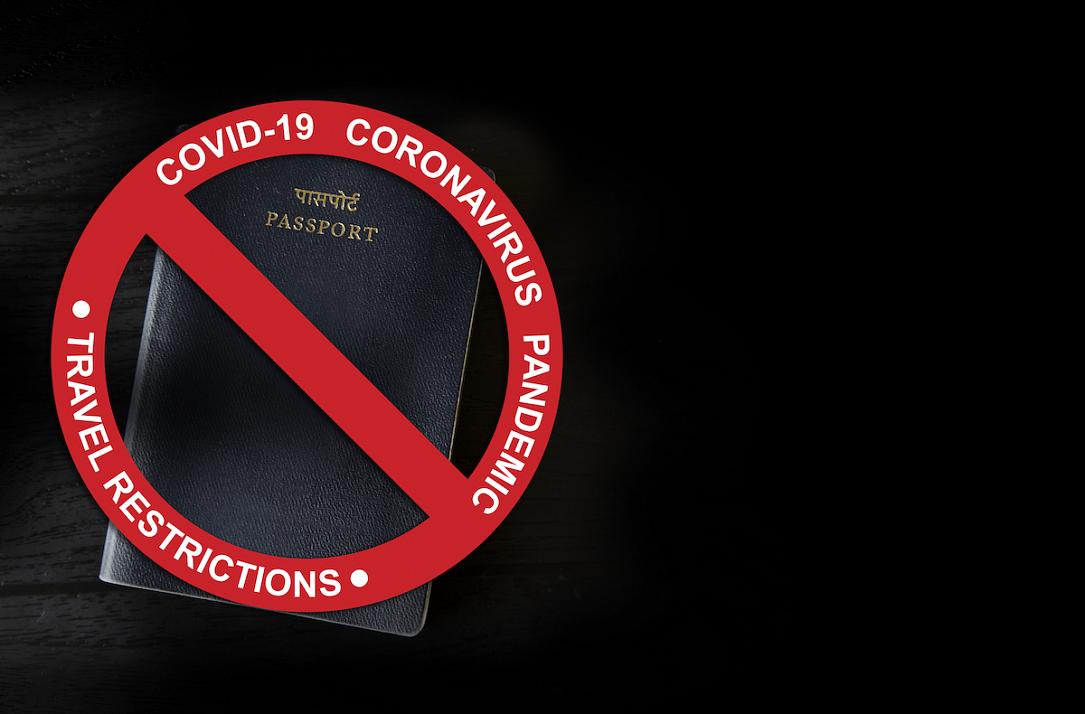“I will travel to Romania in the next weeks. Do I have to quarantine?” - practical information for travelers



“I will travel to Romania in the next days/weeks. Do I have to quarantine?”
This is the most frequent question we get from our readers. The answer is: It depends where you are coming from.
The Romanian authorities have gradually lifted restrictions for travelers coming from countries where the COVID-19 outbreak seems to be under control, placing them on a so-called “green list”. The list includes countries where the virus transmission rate (number of newly infected people for a single case) is under 1. Travelers coming from these countries are no longer required to quarantine or stay under isolation at home for 14 days if they show no COVID-19 symptoms when they enter the country.
As of Thursday, July 9, there were 32 European countries on the green list, including the UK, Germany, Italy, Spain, France, Belgium, the Netherlands, Ireland, Greece, Norway, Switzerland, Poland, Czech Republic, and Hungary. Sweden, however, was not on the list.
There were also 12 countries outside Europe on the green list (on July 9), including Canada, Australia, Japan, South Korea, and New Zealand. The US was not on the list, however. Neither were Russia, China and India.
Travelers coming from countries that are not on the green list are recommended to stay under isolation for 14 days. However, people from these countries who wish to come to Romania should try to obtain updated information from their embassies and consulates about any other specific travel restrictions that may apply in their cases.
The “green list”, which is updated every week based on the evolution of COVID-19 cases, can be found on the website of Romania’s National Health Institute, which also includes some information about COVID-19 prevention measures and statistics (unfortunately, only in Romanian).
What is the COVID-19 situation in Romania?
Romania has managed to keep the COVID-19 outbreak under control in the first stage (March to May) through very strict measures imposed under the state of emergency. Thus, the local hospital have managed the COVID-19 cases relatively successful, with few exceptions. However, after the state of emergency ended (on May 15) and the authorities started lifting some of the restrictions, the number of COVID-19 infection cases has started to increase leading to what local specialists are now calling the “second wave” of the outbreak.
On July 8, the total number of COVID-19 cases recorded in Romania (since the start of the outbreak) reached 30,175, 555 more cases than the day before. The daily increase was the highest since the start of the pandemic.
The authorities are thus urging people to strictly follow the safety measures, which include social distancing and mandatory wearing masks in indoor public spaces. However, many people have started to ignore these safety measures as the conspiracy theories according to which the authorities are using COVID-19 as a pretext to achieve some unknown goals have been gaining traction in some media.
Moreover, Romania’s Constitutional Court ruled last week that the mandatory quarantine of people who enter the country, imposed through an order of the health minister, was unconstitutional. Holding COVID-19 patients into hospitals without their consent was also deemed unconstitutional. Thus, a few hundred COVID-19 patients asked to be discharged after the Constitutional Court decision. The Government has initiated a draft bill to cover this legislation gap, but this is still pending in the Parliament.
Are hotels, restaurants, malls open in Romania?
Hotels have been allowed to operate in Romania throughout the state of emergency and state of alert. However, many hotels have closed due to the other restrictions and the sharp drop in the number of tourists looking for accommodation. After the state of emergency ended, many hotels have started to resume operations, following strict sanitary measures.
Meanwhile, indoor restaurants are still not allowed to operate in Romania, which means that restaurants in hotels are also closed. Thus, most hotels rely on room-service for feeding their guests.
Outdoor restaurants (terraces) are open in Romania. Fast food restaurants also operate.
The malls also reopened their doors to shoppers, but the food courts in malls are still closed. Indoor cinemas are also closed.
What else should I know when travelling to Romania?
Although Romania currently allows citizens from many European countries to come into the country with no restrictions, you may want to also get informed about possible restrictions when returning from Romania to your country. Due to the recent increase in the number of COVID-19 cases in Romania, some European countries have started to impose restrictions on people coming from Romania. The most recent example is Austria.
Where can I get the latest information about the COVID-19 restrictions/situation in Romania?
Before deciding to come to Romania, you should check out the travel recommendations from the Foreign Affairs Ministry in your country and check for updates on the websites of your country’s embassy in Romania.
The Romanian authorities run a number of websites that offer updates about the COVID-19 situation and the restrictions/measures enforced in the country. However, most of them are in only in Romanian. Still, official press releases are also available in English, on the Interior Ministry’s website.
The “green list” of countries for which no restrictions apply is available here. The one at the top is usually the most recent one.
If you have other questions about traveling to Romania in this period, you can also email us at newsroom@romania-insider.com.
(Photo source: ID 180153758 © Tiby Cherian | Dreamstime.com)